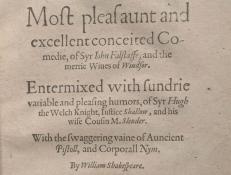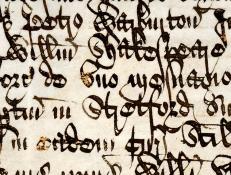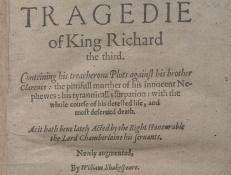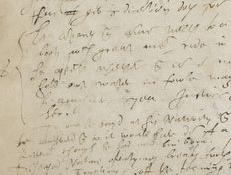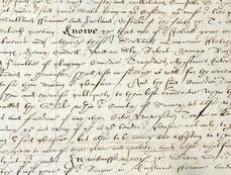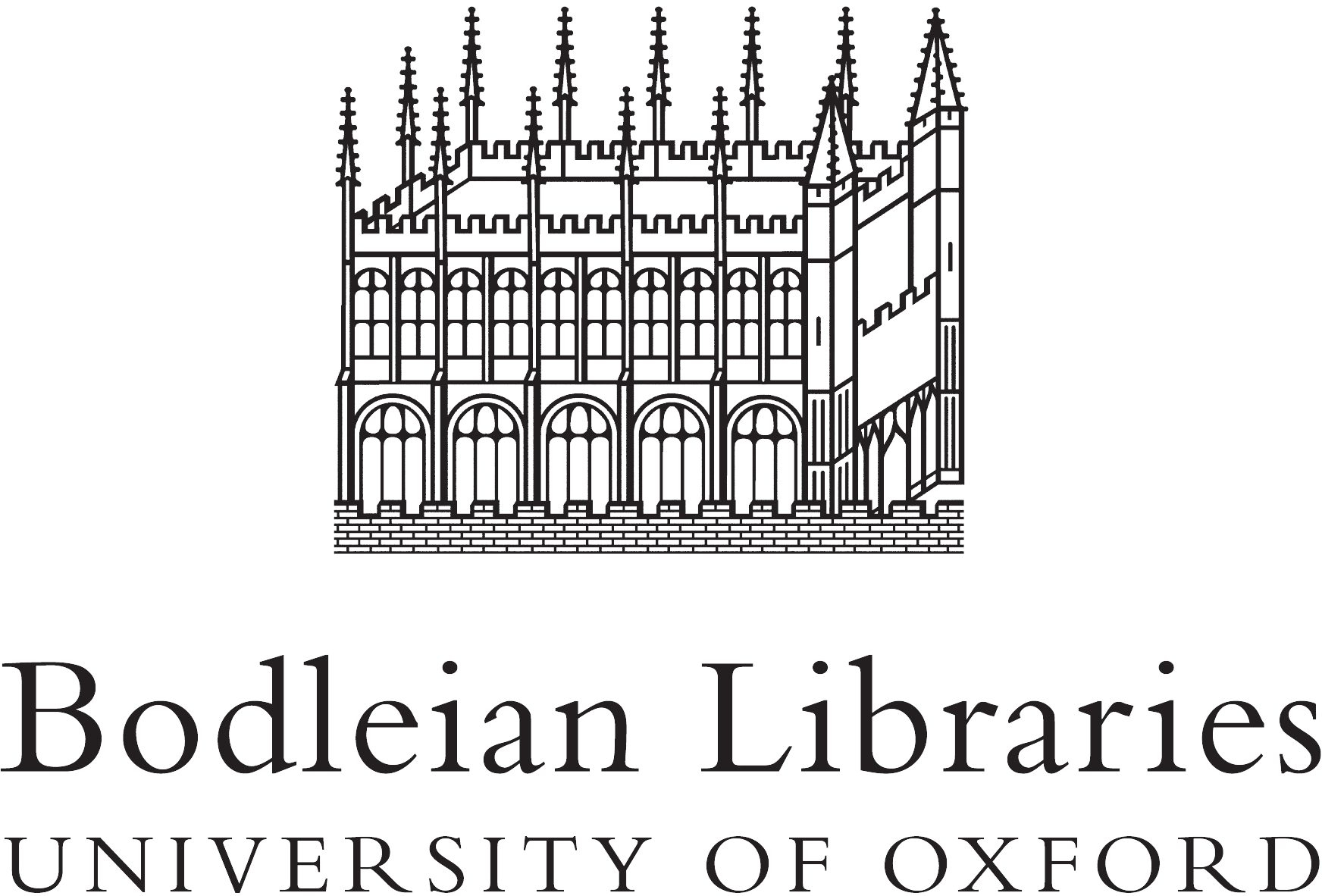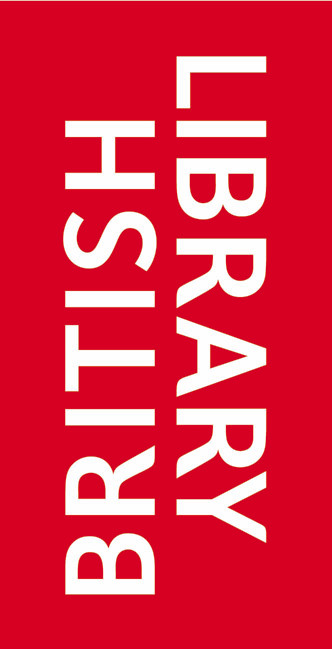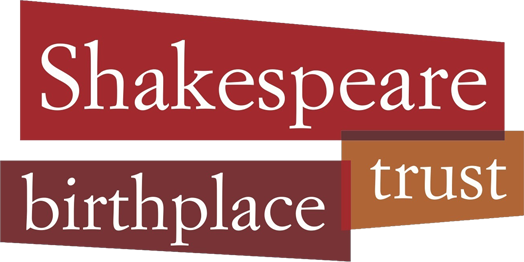To view a sortable list, please visit the Resource
All Documents
begun May 28, 1602
SHAKESPEARE DOCUMENTED IS STILL GROWING! Descriptive content and transcriptions will continue to be added, updated and expanded. Check back for regular updates!
1602
The first edition of the rollicking middle-class comedy The Merry Wives of Windsor was published in 1602, after being entered into the Stationers’ Register for John Busby on January 18, 1602 and then immediately transferred by Busby to Arthur Johnson on the
1602
This is the foot of fine, one of the three copies of the final concord ratifying Shakespeare’s purchase of New Place in 1602. It has been filed with other Warwickshire “feet” among the records of the Court of Common Pleas since 1602.
1602
This is the third edition of Richard III, printed in 1602. It is the second of two editions printed by Thomas Creede for Andrew Wise. On June 25, 1603 Wise transferred the rights to the play to Matthew Law.
1602
In 1602, two years after the first edition, the second edition of Henry V, known as Quarto 2, was printed by Thomas Creede for Thomas Pavier.
1602
In 1602, Ralph Brooke, York Herald, contested 23 coats of arms granted by William Dethick, Garter King of Arms, including the arms originally granted to Shakespeare’s father, John Shakespeare, and now belonging to William Shakespeare.
May 17, 1603
Although James VI of Scotland was proclaimed king of England on March 24, 1603, it took him over a month to arrive in London.
February 7, 1603
Troilus and Cressida was entered for the first time in Liber C of the Stationers' Company on February 7, 1603.
ca. 1594- 1603
Sometime in the final years of Queen Elizabeth’s reign, someone copied sixty-three lines from Shakespeare’s Henry IV Part 1 into the final leaves of a notebook devoted primarily to his Latin notes on metaphysics and theology.
May 18, 1603
Although James VI of Scotland was proclaimed king of England on March 24, 1603, it took him over a month to arrive in London.


